
More than 70 million prescriptions for NSAIDs are written each year in the United States.
When you add in the use of over-the-counter medications, that comes out to more than 30 BILLION doses of NSAIDs consumed annually in the U.S. alone. [i]
That’s the equivalent of every single person in the United States taking an NSAID every day for more than three months!
Why are non-steroidal anti-inflammatory drugs (NSAIDs) the go-to solution for pain for so many people?
Simple.
Over-the-counter NSAIDs like ibuprofen help you make it through the day by taking the edge off.
They make you feel better (for a little while)… or at least they help you forget about the pain temporarily.
(And analgesic pain relievers like acetaminophen, which you probably know as Tylenol, aren’t any better.)
It’s true that NSAIDs help with pain relief and inflammation.
But there’s a BIG problem… one that your doctor won’t tell you…
Because keeping you locked in a vicious cycle of chronic pain is good for their wallets.
It keeps you coming back… and it makes the Big Pharma execs really rich too.
(The painkiller industry is projected to hit a staggering $83 BILLION by the year 2024 — and NSAIDs are a big chunk of that.[ii]
Why would they want to cure you?
They don’t. And here’s one of the biggest problems with NSAIDs…
They don’t do anything to fix the underlying issue that’s causing you pain in the first place.
They’re like a Band-Aid… a short-term solution. Not to mention they could kill you.
And you might be surprised at just how many people are actually taking more of them than they should…
A recent study published in the journal Pharmacoepidemiology & Drug Safety found that as many as 15% of people who take anti-inflammatory medicines like ibuprofen (Motrin, Advil) or other NSAIDs like aspirin, naproxen (Aleve, Naprosyn), celecoxib (Celebrex), meloxicam (Mobic) and diclofenac (Voltaren) exceed the maximum recommended daily dose for these drugs. [iii]
That’s playing with fire… Fortunately, there are safe, effective and natural NSAID alternatives available.
But before I tell you about them, I need you to understand just how dangerous NSAIDS really are.
Dangers of NSAIDs: The dirty little secrets Big Pharma wants to hide
Most people think little of popping an otc pain reliever like Advil or Motrin at the first sign of pain.
And chronic pain sufferers often become dependent on these anti-inflammatory medicines for pain management.
But you need to be aware that NSAID use can have some very serious side effects, especially when taken in higher doses.
Just look at this list of side effects: [iv]
- Upset stomach/stomach pain and heartburn
- Cardiovascular disease
- Stomach ulcers and peptic ulcers
- A tendency to bleed more, especially when taking aspirin
- Ringing in the ears
- Allergic reactions such as rashes, wheezing, and throat swelling
- Liver or kidney disease* (particularly with long-term use)
- High blood pressure
- Leg swelling
People who use NSAIDs also run a much higher risk of having negative cardiovascular events, such as a heart attack or stroke.
Researchers from the University of Montreal Hospital Research Center found that the increased risk begins in as little as ONE WEEK after you first start taking NSAIDs.[v]
The study, published in the April 2017 issue of the journal BMJ, found that in just the first seven days, the risk increased 92% for celecoxib users, 97% for ibuprofen users, and 99% for diclofenac, naproxen, and rofecoxib users.
And watch out if you take a blood pressure medication like warfarin (Coumadin).
NSAIDs can enhance its effects and cause life-threatening bleeding complications.
The risk is so great that even the Food and Drug Administration can’t ignore it.
In fact, they’ve known about this high risk for more than a decade.
They issued their first warning about these serious side effects back in 2005.
Then, in 2015, the FDA made the unusual move of forcing manufacturers of these drugs to include an even stronger warning for consumers.
I’m not trying to scare you, but these risks are potentially fatal.
Got joint pain? NSAIDs are making it worse
Many people with joint pain and arthritis rely on NSAIDs for pain relief.
But there’s overwhelming evidence that NSAIDs are actually destroying your joints… and ultimately making your pain worse.
This is a quote from the Journal of Prolotherapy: [vi]
The preponderance of evidence shows that NSAIDs have no beneficial effect on articular cartilage and accelerate the very disease for which they are most used and prescribed. While the rapid deterioration of joints after long-term NSAID treatment can be from a loss of proactive pain sensations, it is much more likely that it is a direct effect of NSAIDs on cartilage.
This is bad news for joint pain sufferers, but GREAT NEWS for the joint replacement industry.
There are more than 1 million knee and hip replacement surgeries performed in the U.S. every year.[vii]
And the numbers keep increasing every year. In fact, it’s expected to top FOUR MILLION by 2030![viii]
And patients going in for these procedures get younger and younger every year. The rise in NSAID use has certainly worked out well for the joint replacement industry. Wouldn’t you say?

Alternatives to NSAIDs that REALLY work
So let’s look at what we know…
NSAIDs don’t cure your pain… and they could cost you your life. At the very least, they could put you at greater risk for debilitating complications.
It’s no wonder so many people are in search of safe, natural NSAID alternatives.
There are many supplements that are fantastic alternatives to NSAIDs because they naturally work to eliminate pain and inflammation. (I’ll tell you about some great ones in just a minute.)
And sometimes that’s all you need, depending on the cause of your particular pain.
Other times, natural NSAID alternatives are best used to support a more comprehensive strategy for full recovery.
Here at the Healthy Back Institute, we call that the Complete Healing Formula.
While not everyone can achieve full recovery from a supplement alone, everyone CAN benefit from the Complete Healing Formula.
And it does not matter what kind of chronic pain you have … joint pain or arthritis pain, low back pain, upper back or neck pain, migraines, sciatic nerve pain, pain from fibromyalgia or from a number of other inflammatory conditions.
If you truly want to eliminate your pain, you need to address the imbalances in your life and in your body. (I’ll talk more about the four core areas that need to be addressed in just a sec…)
That said, I understand why you want something to help deal with the pain in the short-term while you work on the foundational issues that are keeping you in pain.
Fortunately, Mother Nature has some awesome natural anti-inflammatories… without the potentially deadly side effects.
8 NSAID alternatives that reduce pain and inflammation naturally
Ginger

What makes ginger such a great alternative to NSAIDs?
For one, it’s been used in Ayurvedic medicine for thousands of years for its potent anti-inflammatory effects.
And this ancient healing herb’s power to reduce pain is backed by modern science.
At a study conducted at the University of Miami, researchers gave a highly concentrated ginger extract or a placebo to 247 patients with osteoarthritis of the knee.
The patients who got the ginger had a 40% reduction in pain and stiffness in their knee joints compared to the patients who got the placebo.[ix]
How does ginger work?
Ginger is a perfect choice for people looking for a natural NSAID alternative because it works exactly like prescription and OTC NSAIDS do…
Both ginger and traditional NSAIDs are cox-2 inhibitors.
They inhibit the enzyme COX-2, which triggers the release of pain-causing prostaglandins in your body.
Turmeric (Curcumin)
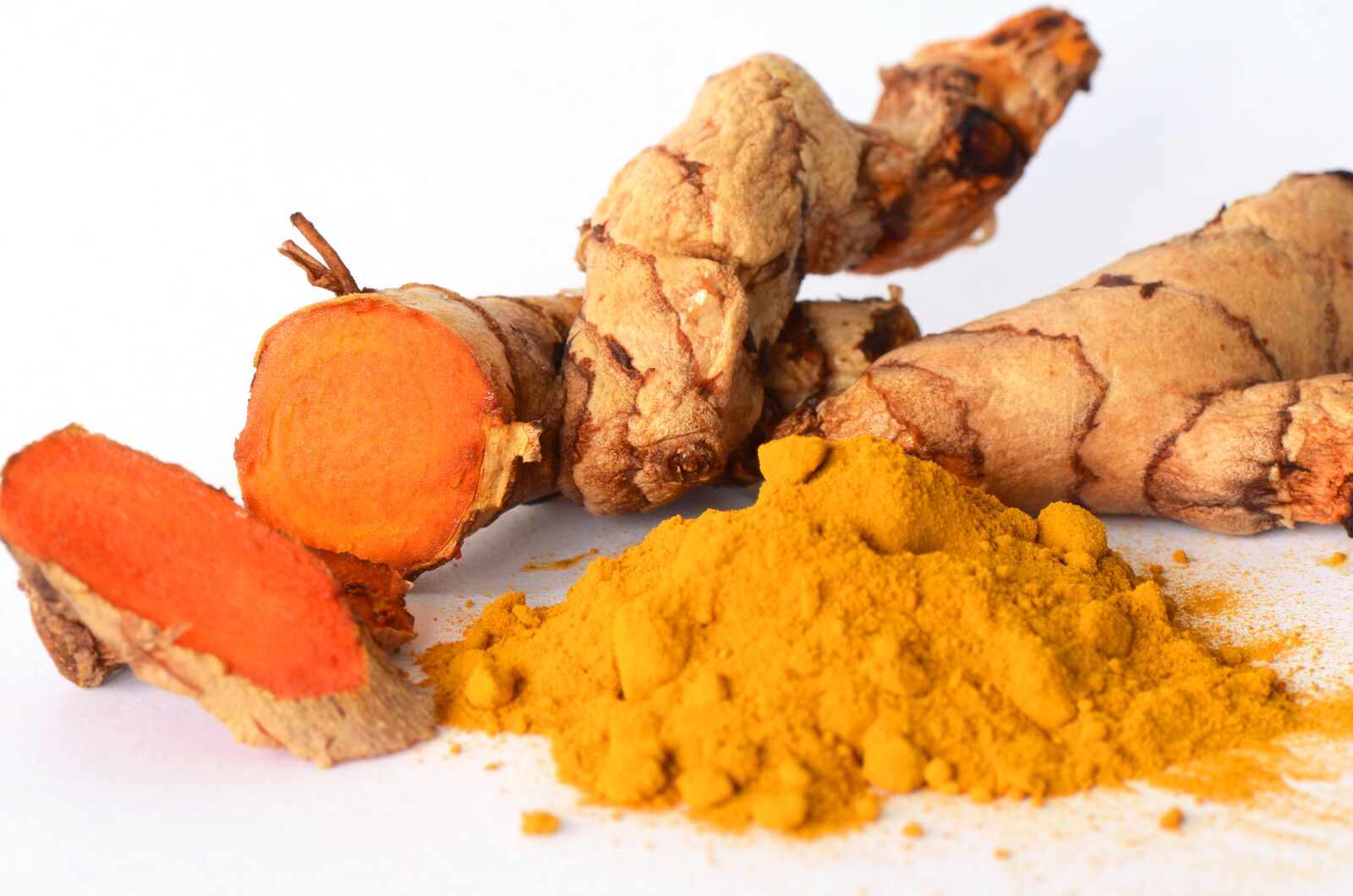
Turmeric uses its antioxidant powers to seek out and destroy free radicals in the body that contribute to pain and swelling.
In a recent study done at the prestigious Sloan-Kettering Cancer Research Center in New York, researchers found that turmeric was safer and more precise than aspirin at stopping inflammation.[x]
It does this by shutting down the COX-2 enzyme responsible for pain (like ginger).
Devil’s claw

Devil’s Claw contains iridoid glycosides, which have strong anti-inflammatory properties. One iridoid, called harpagoside, has shown particular promise in research studies.
In one study, devil’s claw was shown to reduce back pain as well as the prescription NSAID Vioxx.[xi]
in another study, people treated with devil’s claw (along with turmeric and bromelain) reported significant improvements in osteoarthritis pain. The researchers concluded that these natural anti-inflammatories may be a “valuable and safe alternative to NSAIDs in patients suffering from degenerative joint diseases.”[xii]
Omega-3 fatty acids
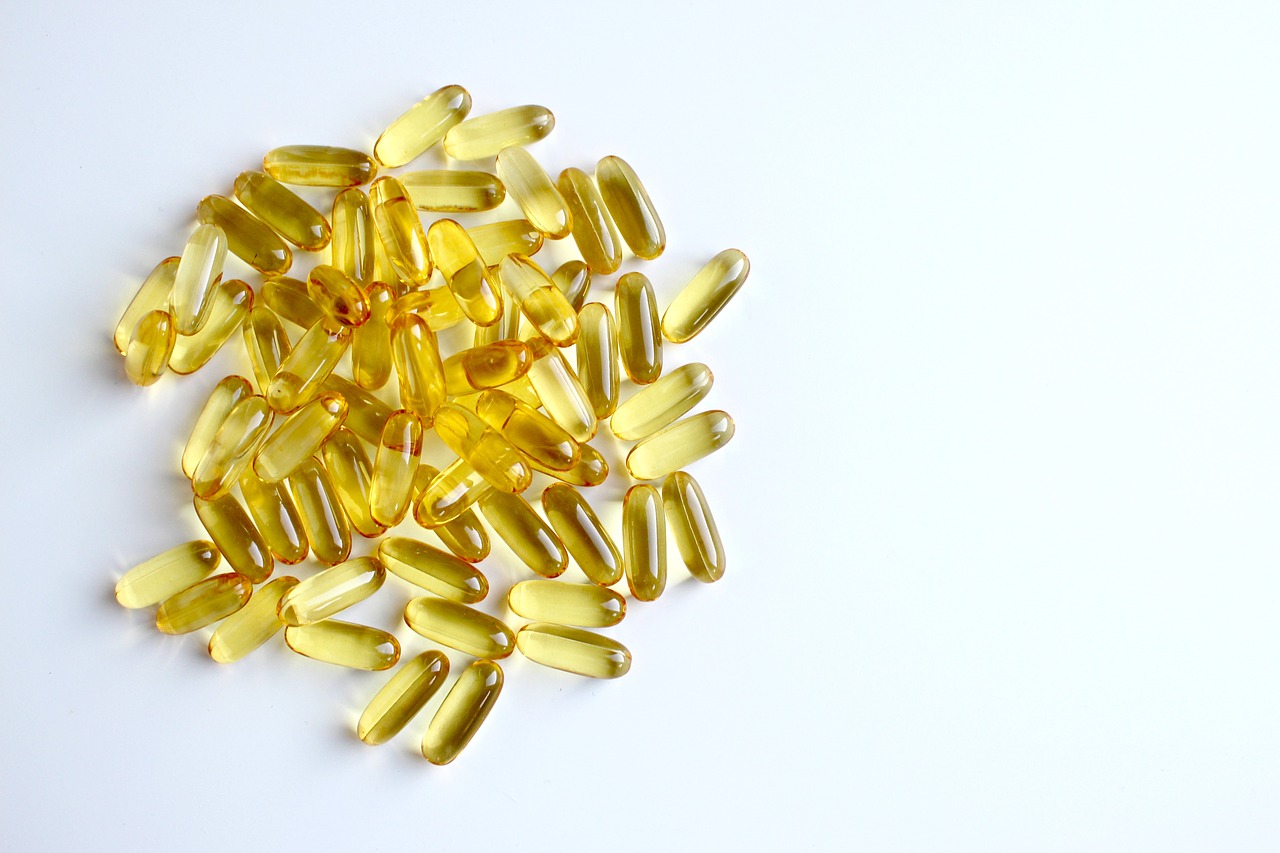
No doubt you’ve heard of Omega-3’s and their role in reducing inflammation.
After all, fish oil supplements have been among the most popular supplements for years.
Here’s how they work…
A study at Brigham and Women’s Hospital in Boston revealed that omega-3s actually convert into compounds that are 10,000 times more powerful than original fatty acids.[xiii]
Among those compounds are resolvins, which help end your body’s inflammatory responses.
Omega-3’s also have proven heart- and brain-health benefits.
Boswellia

Also known as Indian frankincense, Boswellia is a real powerhouse for fighting joint pain, arthritis and even back pain.
The sap from the Boswellia serrata tree, oleoresin, contains a mixture of naturally occurring organic acids. These acids inhibit pain and inflammation-causing enzymes.
They also limit the synthesis of fatty immune system molecules called leukotrienes. Those fatty molecules contribute to inflammation.
In a study published in the Natural Medicines Comprehensive Database, people taking Boswellia extract experienced a reduction in joint pain by up to 65%![xiv]</a?
The same study showed that Boswellia extract reduced pain and swelling and increased mobility in people with arthritis, osteoarthritis and other types of inflammation in their joints.
Ashwagandha
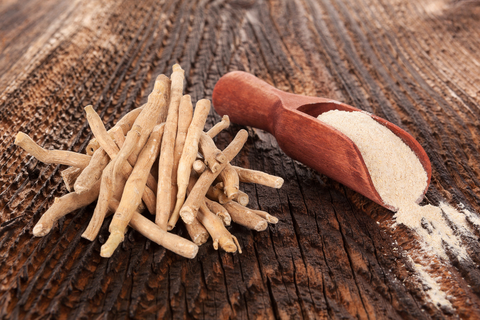
Ashwagandha contains bioactive withanolides, which suppress the pathways that cause a variety of several inflammation-based illnesses…
These include everything from tumors and cancer to arthritis, asthma and hypertension.
It’s also effective for pain relief.
In a recent study, researchers gave 60 arthritis patients ashwagandha or a placebo.
After 12 weeks, the people taking the herb reported significantly less pain using three different pain score tests. [xv]
Alpha-lipoic acid
Alpha-lipoic acid is one of the world’s most potent antioxidants.
And recent research shows it’s particularly helpful in relieving pain caused by diabetic neuropathy.
In one study, patients who received 600 mg of alpha-lipoic acid showed a significant reduction in pain in just three weeks![xvi]
While most Americans have never heard of alpha-lipoic acid, it’s been widely used in European countries like Germany for years to treat nerve pain and damage.
Alpha-lipoic acid is available as a supplement and also in foods such as organ meats, spinach, broccoli and potatoes.
Proteolytic enzymes
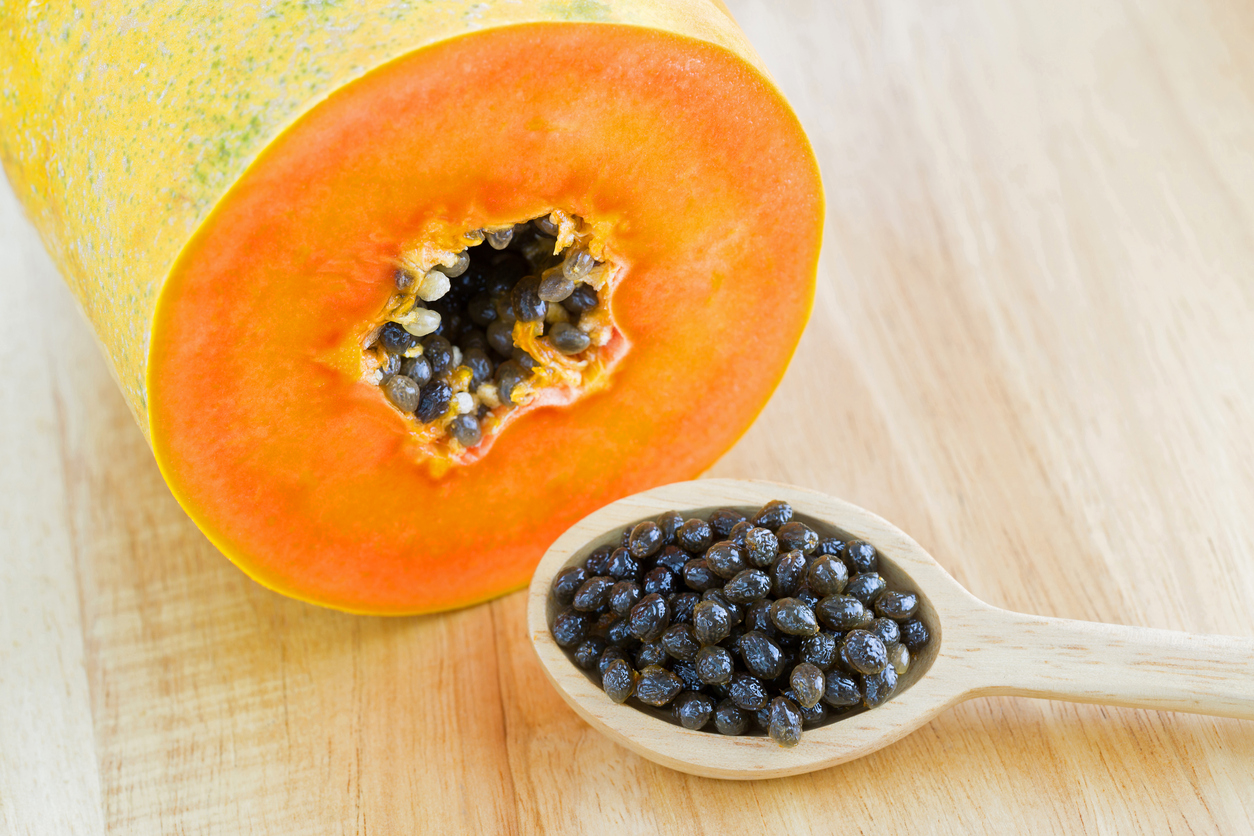
Proteolytic enzymes include enzymes such as bromelain, papain, rutin, ficin and trypsin — some of the most powerful healing agents on the planet.
Proteolytic enzymes perform and help regulate a number of biological processes in your body, but they are particularly effective at dousing pain and inflammation.
If I could only take one supplement, this would be it, hands-down. (I’ve researched and used hundreds of natural remedies… but NOTHING came close to proteolytic enzymes when it came to eliminating my own pain.)
Like alpha-lipoic acid, they are widely used in countries across Europe and Asia to treat a variety of conditions related to pain and inflammation.
The “father” of enzyme therapy, Dr. Max Wolf, a Columbia University professor, found that patients who received systemic enzyme therapy had:
- Reduced swelling and inflammation
- Increased immune function
- Improved circulation
- Less pain
- Faster recovery from injuries
- Less scarring
- Reduction in serious complications after injuries
Proteolytic enzymes are produced by your body, but the amount decreases as you age.
That’s why supplements are a good idea for most people, particularly pain sufferers.
You can also find proteolytic enzymes in foods like figs, papayas and pineapples, but it’s hard to get enough from food alone.
That’s why I always recommend taking a proteolytic enzyme supplement.
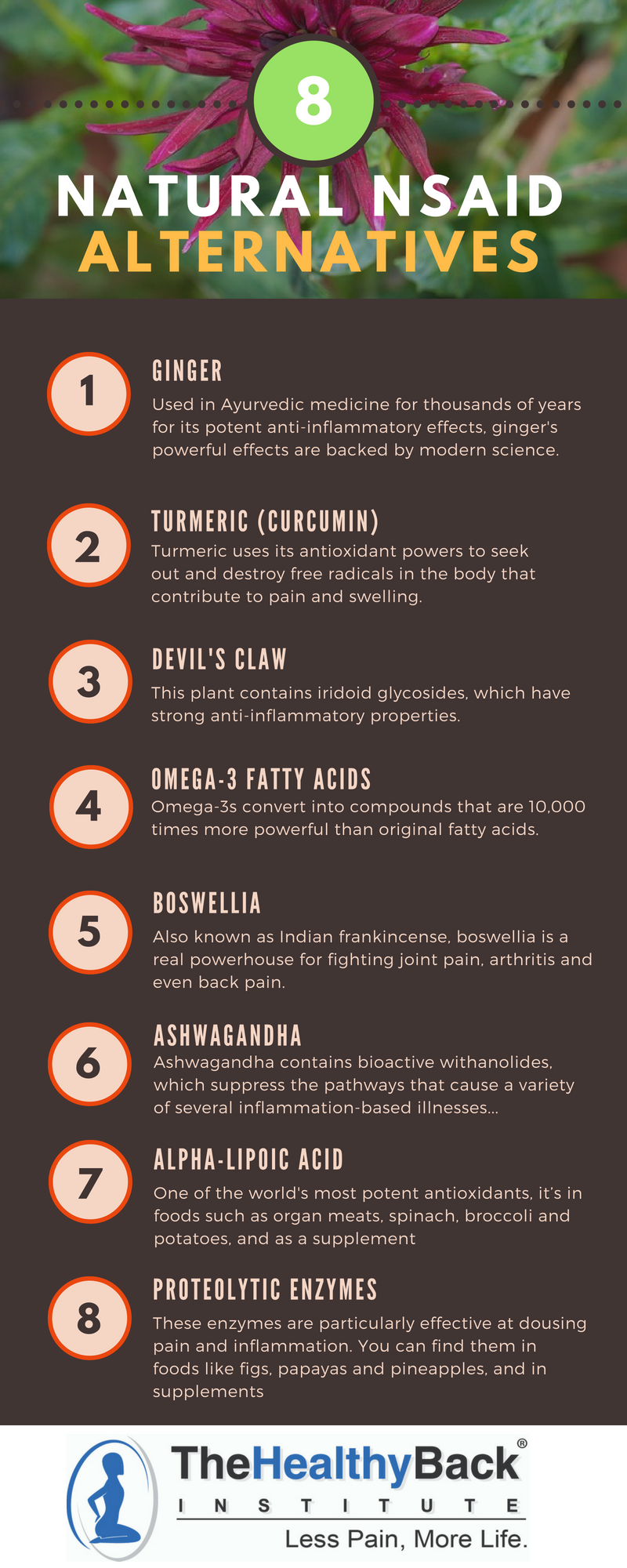
This 9th NSAID alternative is the most effective for treating chronic pain
Supplements can help tremendously with pain, but it’s critical that you prevent and eliminate the source of your pain — something NSAIDs don’t do at all.
The 9th NSAID alternative is the Complete Healing Formula, which addresses imbalances in four key areas:
- Physical
- Nutritional
- Emotional
- Lifestyle
Imbalances in these four areas need to be addressed if you want to get to the root of your pain and finally start living a pain-free life.
Physical
No matter what kind of pain you’re in, it is a physical problem.
That means it has to do with the strength and flexibility of your muscles, the position of your bones, and how precisely your joints work.
If any of these things are out of balance or out of alignment, you will have pain.
Here’s an example: If the muscles in the front of your legs are much stronger than the muscles in the back of your legs, your pelvis will be pulled out of its normal position, eventually causing your spine to go into abnormal curvature.
This is an underlying factor in just about all back pain conditions that are symptomatic.
It’s probably how your problem got started. This process may take many years to happen, but once it begins, it will progress until it becomes a chronic condition.
No over-the-counter pain relievers can make muscles stronger or more flexible.
More importantly, NSAIDs cannot create a balance between the muscle groups or cause a joint to function properly.
So, if you simply opt for quick and temporary pain relief, your body will just continue the debilitating process of getting older much faster.
To address these physical imbalances, I strongly recommend Muscle Balance Therapy™.
And be sure to check out the short video below.
Nutritional
Living in chronic pain means living in a state of chronic inflammation.
Most people know there’s a connection between pain and inflammation.
And some even know that there’s a connection between that pain and inflammation and the foods we eat.
The SAD (Standard American Diet) — full of sugar, cheap vegetable oils, and refined carbohydrates — that most of us eat keeps us in a state of chronic inflammation.
This inflammation not only leads to pain, but to every chronic disease known to man.
It can be hard to know what to eat to reduce pain-causing inflammation — especially when some “healthy” foods can cause your inflammation levels to skyrocket.
And to make things even more complicated, not everyone has the same “trigger foods” — which means foods that cause inflammation flare-ups for me may be totally fine for you.
Your best bet is to start on an easy-to-use anti-inflammatory meal plan. that will guide you until you figure out what foods work best for you.
Emotional
Believe it or not, your emotional state has a tremendous impact on how you feel physically.
Studies show that stress, depression and anxiety are associated with increased pain intensity.[xvii,xviii]
Part of this is because our modern world keeps us in a state of chronic stress — mean bosses, fights with spouses, kids that don’t listen, traffic jams, bills to pay…
When we are chronically stressed, we are constantly releasing cortisol, also known as the “stress hormone.”
Our hormones never have a chance to return to non-stress levels.
They don’t ever have a chance to rebalance. We then end up with cortisol dysfunction.
This exhausts your body’s hypothalamic-pituitary-adrenal axis. It gets burned out.
Multiple studies show that this dysfunction leads to pain and inflammation. [xvix]
There are many ways to address this emotional imbalance. One I highly recommend is mindfulness meditation.
A recent meta-analysis of 47 studies concluded that mindfulness meditation was beneficial for easing anxiety and mental stress.[xx]
One study even showed that meditation actually caused changes in pro-inflammatory genes.[xxi]
(READ THIS: 8 Ways Meditation Can Ease Your Chronic Pain)
Lifestyle
You don’t need to make a drastic lifestyle change in order to begin to see positive changes in how you feel.
Quit smoking, get more exercise, get out in the sun to let your body reap the benefits of vitamin D, drink purer, filtered water.
Even a 1% improvement in how you feel accumulates over time… And before you know it, you can reach 100% — and more!
Read more:
The 9 supplements and the one “anti-supplement” everyone (really) needs
Why the Chinese don’t get joint pain
The Delicious pain-relief recipe I learned from a 61-year-old Brazillian beauty
The holy trinity for joint pain relief
References:
i “Nonsteroidal Anti-inflammatory Drug (NSAID) Toxicity,” Medscape (medscape.com) Dec. 20, 2017
ii “Pain Management Therapeutics Market to Reach US$83.0 Billion by 2024; Transparency Market Research,” Global News Wire (globalnewswire.com) Sept. 28, 2016
iii Kaufman, David W. et al. “Exceeding the daily dosing limit of nonsteroidal anti‐inflammatory drugs among ibuprofen users,” Pharmacoepimediolgy & Drug Safety 2018; Mar;27(3):322-331
iv “What Are NSAIDs for Arthritis?” WebMD (webmd.com) Acc Oct. 5, 2018
v Bally, M et al. “Risk of acute myocardial infarction with NSAIDs in real world use: bayesian meta-analysis of individual patient data,” BMJ. 2017 May 9;357
vi Hauser, Ross. “The Acceleration of Articular Cartilage Degeneration in Osteoarthritis by Nonsteroidal Anti-inflammatory Drugs,” Journal of Prolotherapy. 2010;(2)1:305-322.
viii Kurts, S. et al. “Projections of primary and revision hip and knee arthroplasty in the United States from 2005 to 2030.” J Bone Joint Surg Am. 2007 Apr;89(4):780-5.
ix Altman, RD et al. “Effects of a ginger extract on knee pain in patients with osteoarthritis,” Arthritis Rheum. 2001 Nov;44(11):2531-8.
x Maheshwari, RK et al. “Multiple biological activities of curcumin: a short review,” Life Sci. 2006 Mar 27;78(18):2081-7. Epub 2006 Jan 18.
xi S. Chrubasik, A. Model, A. Black, S. Pollak; “A randomized double‐blind pilot study comparing Doloteffin® and Vioxx® in the treatment of low back pain,” Rheumatology, Volume 42, Issue 1, 1 January 2003, Pages 141–148
xii Conrozier T, Mathieu P, Bonjean M, Marc JF, Renevier JL, Balblanc JC. “A complex of three natural anti-inflammatory agents provides relief of osteoarthritis pain.” Altern Ther Health Med. 2014 Winter;20 Suppl 1:32-7.
xiii , et al. “Fish oil in recent onset rheumatoid arthritis: a randomised, double-blind controlled trial within algorithm-based drug use.”
xiv “Boswellia.” Natural Medicines Comprehensive Database (naturaldatabase.therapeuticresearch.com) Acc Oct. 5, 2018
xv Chopra A, Saluja M, Tillu G. “Ayurveda–modern medicine interface: A critical appraisal of studies of Ayurvedic medicines to treat osteoarthritis and rheumatoid arthritis.” Journal of Ayurveda and Integrative Medicine. 2010;1(3):190-198.
xvi Mijnhout GS1, Alkhalaf A, Kleefstra N, Bilo HJ. “Alpha lipoic acid: a new treatment for neuropathic pain in patients with diabetes?” Neth J Med. 2010 Apr;68(4):158-62.
xvii Hannibal KE, Bishop MD. “Chronic Stress, Cortisol Dysfunction, and Pain: A Psychoneuroendocrine Rationale for Stress Management in Pain Rehabilitation.” Physical Therapy. 2014;94(12):1816-1825.
xviii Mok LC1, Lee IF. “Anxiety, depression and pain intensity in patients with low back pain who are admitted to acute care hospitals.” J Clin Nurs. 2008 Jun;17(11):1471-80.
xvix Hannibal KE, Bishop MD. “Chronic Stress, Cortisol Dysfunction, and Pain: A Psychoneuroendocrine Rationale for Stress Management in Pain Rehabilitation.” Physical Therapy. 2014;94(12):1816-1825.
xx Goval, M. et al. “Meditation programs for psychological stress and well-being: a systematic review and meta-analysis.” JAMA Intern Med. 2014 Mar;174(3):357-68.
Updated: August 14,2018


